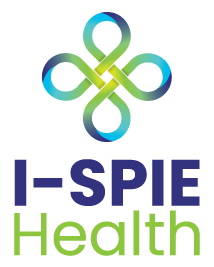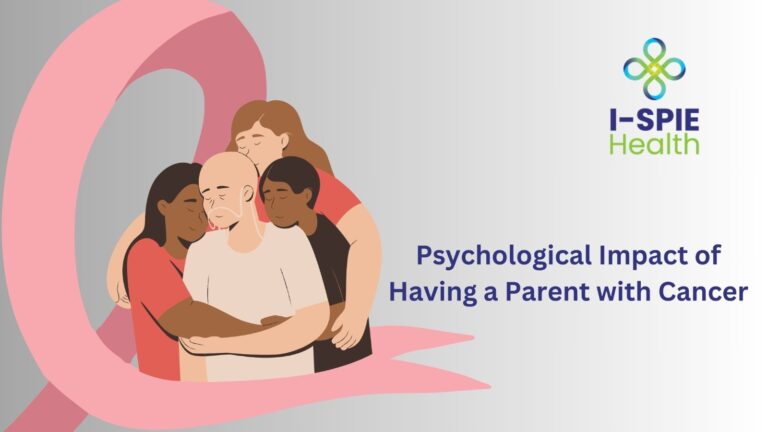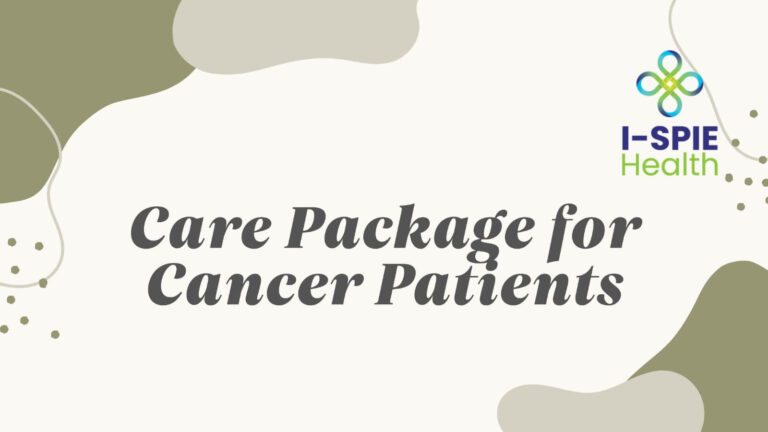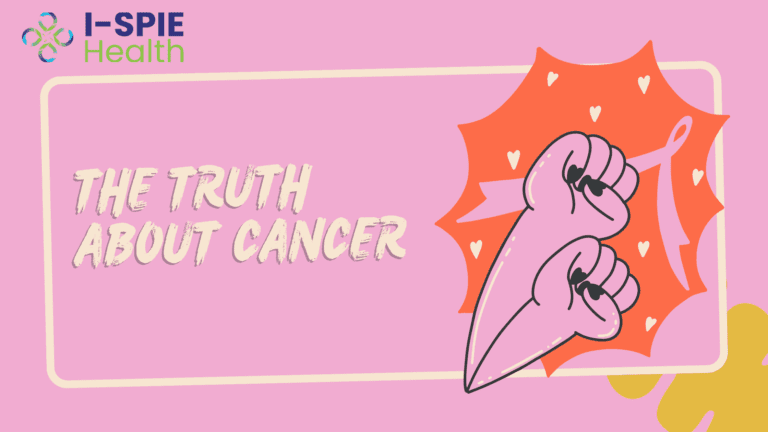Targeted Cancer Therapy is a specialized approach that uses drugs to target specific genes, proteins, the tissue environment, and/or its pathways. That contributes to its growth and survival.
Targeted therapy is also described as precision medicine or molecularly targeted drugs, as they aim at specific proteins that are responsible for the growth, division, and spread of cancer cells, causing DNA damage within the cell or altering the proteins on the outside of the cell.
How does Targeted Cancer Therapy Work?
In contrast to chemotherapy, which broadly targets rapidly dividing cells, targeted therapy operates by interfering with proteins critical for tumor growth and spread.
It can work by marking cancer cells for immune system destruction, inhibiting signals that drive abnormal cell division, disrupting blood vessel formation crucial for tumor growth, delivering cell-killing substances to cancer cells, inducing cancer cell death, or depriving cancer cells of essential hormones.
Types Of Targeted Cancer Therapy
-
Small-Molecule Targeted Therapy:
Targeted therapy for the treatment of cancer is a specialized approach that uses drugs to target specific genes, proteins, the tissue environment, and/or its pathways, which contribute to cancer’s growth and survival.
Targeted therapy is also described as precision medicine or molecularly targeted drugs. It targets specific proteins responsible for the growth, division, and spread of cancer cells, causing DNA damage within the cell or altering the proteins on the outside of the cell.
-
Monoclonal Antibody Therapy:
Another common type of targeted therapy is monoclonal antibody. These antibodies target specific proteins, often receptors, on the cancer cell’s surface or in the environment around the tumor.
Monoclonal antibodies are usually linked to a toxic substance, such as chemotherapy or radioactive protein molecules, to deliver treatment to the cancer cells. Names of monoclonal antibodies often end in -mab. e.g., rituximab for lymphoma, traztuzumab for HER2-positive breast cancer, and pembrolizumab for melanoma and many solid tumors.
-
Angiogenesis Inhibitors:
Angiogenesis inhibitors are targeted therapies that interfere with the process of angiogenesis, which is the formation of new blood vessels that tumors need for growth and metastasis.
These drugs work by blocking the signals that promote blood vessel formation, thereby starving the tumor of its blood supply. Bevacizumab is an example of an angiogenesis inhibitor used in the treatment of various cancers, including colorectal, lung, and kidney cancer.
-
Hormone Therapy:
Hormone therapy is a targeted approach used primarily in hormone receptor-positive breast cancer and prostate cancer. It works by either blocking the body’s production of certain hormones or preventing hormones from binding to cancer cells, thus inhibiting their growth.
Examples of hormone therapy drugs include tamoxifen and aromatase inhibitors for breast cancer and androgen receptor blockers for prostate cancer.
-
Signal Transduction Inhibitors:
Signal transduction inhibitors target specific molecules involved in cell signaling pathways that promote cancer cell growth and survival. These drugs interfere with the communication between cells, disrupting the signals that drive tumor progression.
Examples of signal transduction inhibitors include EGFR inhibitors like erlotinib for lung cancer and BRAF inhibitors for melanoma.
-
Immunotherapy:
While not traditionally categorized as targeted therapy, immunotherapy is a form of treatment that targets the immune system to recognize and attack cancer cells. Immune checkpoint inhibitors, CAR-T cell therapy, and cancer vaccines are examples of immunotherapy approaches that have revolutionized cancer treatment by harnessing the body’s immune response to fight cancer.
Side Effects of Targeted Cancer Therapy
Targeted cancer therapy, while often more specific in its approach compared to traditional chemotherapy, can still lead to various side effects. These side effects can vary depending on the type of targeted therapy used, the specific drugs involved, the individual health, and other factors. Some of the more common side effects associated with targeted cancer therapy are:
- Gastrointestinal Issues: Many targeted therapy drugs can cause gastrointestinal problems such as diarrhea, nausea, vomiting, and loss of appetite. These symptoms can range from mild to severe and may require medical intervention to manage effectively.
- Liver Problems: Some targeted therapies can affect liver function, leading to elevated liver enzymes, jaundice, or liver damage. Monitoring liver function through regular blood tests is often necessary during treatment.
- Skin Reactions: Certain targeted therapy drugs can cause skin changes, including rash, dryness, itching, or increased sensitivity to sunlight. Proper skincare and sun protection measures are recommended to minimize these effects.
- Fatigue is a common side effect of cancer treatment, including targeted therapy. Patients may experience increased tiredness, weakness, or reduced energy levels, which can impact daily activities.
- Bone Marrow Suppression: Some targeted therapies can suppress bone marrow function, resulting in reduced blood cell production (anemia, leukopenia, thrombocytopenia). Regular blood tests are needed to monitor blood cell counts.
- Allergic Reactions: While less common, allergic reactions to targeted therapy drugs can occur, ranging from mild skin reactions to severe anaphylaxis. Patients should report any signs of allergic symptoms promptly.
- Neurological Symptoms: Certain targeted therapies may cause neurological side effects such as neuropathy (nerve damage), headaches, dizziness, or cognitive changes.
Read More: Cancer Care At Home
Examples of Targeted Therapy Drugs Used in Cancer:
- Imatinib (Gleevec): Used for chronic myeloid leukemia (CML) and gastrointestinal stromal tumors (GISTs), imatinib targets specific proteins involved in cancer cell growth.
- Trastuzumab (Herceptin): Effective for HER2-positive breast cancer, trastuzumab is a monoclonal antibody that targets the HER2 protein in cancer cells.
- Rituximab (Rituxan): Used in certain types of lymphoma and leukemia, rituximab is a monoclonal antibody that targets CD20 proteins on B-cells.
- Pembrolizumab: An immune checkpoint inhibitor that binds to the PD-1 protein on T-cells and is used to treat cancers such as melanoma, head & neck cancer, lung cancer, cervical cancer, Hodgkin lymphoma, and certain types of breast cancer.
- Erlotinib (Tarceva): An EGFR inhibitor, erlotinib is used in non-small cell lung cancer (NSCLC) and pancreatic cancer by targeting EGFR proteins.
How Much Does Targeted Cancer Therapy Cost?
The cost of targeted cancer therapy varies widely depending on factors like the specific drugs used, treatment duration, location, insurance coverage, and individual patient needs. It’s essential to consult with healthcare providers, insurance companies, or cancer support service providers to understand the financial aspects of treatment.
How Long Does Targeted Therapy Last?
The duration of targeted therapy varies based on cancer type, treatment response, and ongoing evaluation by healthcare professionals. Treatment may occur daily, weekly, or monthly in cycles, with rest periods to allow for recovery and assessment of treatment effectiveness.
Exploring Targeted Cancer Therapy Options?
Discover personalized, targeted cancer therapy solutions with Madhavi Parikh, an experienced Cancer Caregiver. Take the next step towards effective treatment.
Schedule Your Free Consultation Now!
Conclusion
Targeted cancer therapy represents a pivotal advancement in oncology, offering tailored treatments that aim to maximize efficacy while minimizing side effects. Understanding the types, processes, costs, and potential outcomes of targeted therapy is crucial for informed decision-making in cancer treatment.
FAQ
What is the success rate of targeted therapy for cancer?
Success rates vary widely depending on cancer type, molecular targets, and individual patient factors. Consult with healthcare professionals for personalized insights.
How does targeted therapy differ from chemotherapy?
Targeted therapy targets specific amino acids & proteins involved in cancer growth and proliferation, while chemotherapy affects all rapidly dividing cells, including normal cells. Thus, targeted therapy has the potential to have few side effects compared to chemotherapy.
What is the most common targeted therapy?
Common targeted therapies include monoclonal antibodies like trastuzumab and small-molecule drugs like imatinib, tailored to specific cancer types and molecular characteristics.








4 Comments